When energy efficient options on a build cost so much more.
Aims
9 years ago
Related Stories
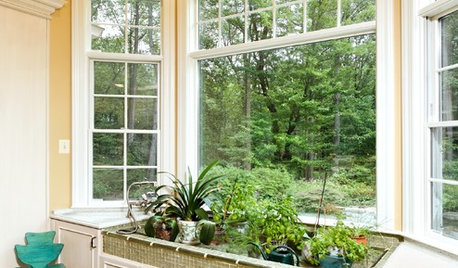
REMODELING GUIDESEnergy-Efficient Windows: Understand the Parts
You can save money and energy with today's windows — but first you need to know all the window parts and types
Full Story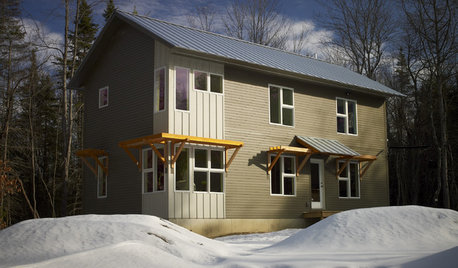
HOUZZ TOURSHouzz Tour: Energy-Efficient, 'Lean' House in Maine
Sustainable architecture and amazing light draw an environmentally conscious family to a new home
Full Story
GREAT HOME PROJECTSHow to Install Energy-Efficient Windows
Learn what Energy Star ratings mean, what special license your contractor should have, whether permits are required and more
Full Story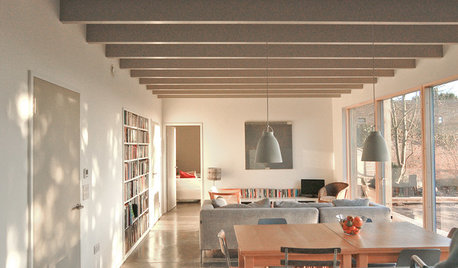
MODERN STYLEHouzz Tour: Hilltop Home With a View to Energy Efficiency
A contemporary light-filled English home makes the most of its location
Full Story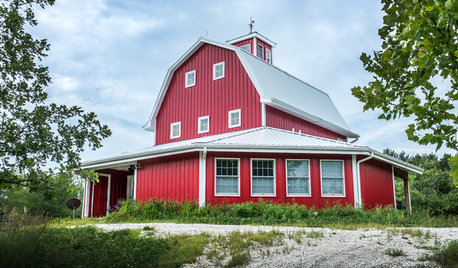
BARN HOMESHouzz Tour: An Energy-Efficient Barn Graces the Nebraska Landscape
Passive-house technologies and a rain-harvesting and greywater system conserve natural resources in this weekend country home
Full Story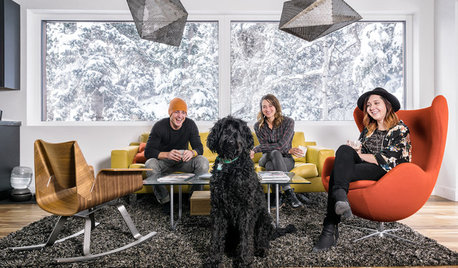
CONTEMPORARY HOMESHouzz Tour: Toasty Warm and Energy-Efficient in Utah Ski Country
An architect builds his own first home with passive house standards at the forefront
Full Story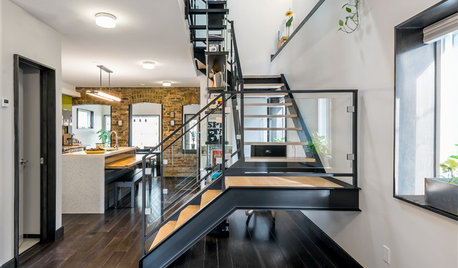
MODERN HOMESMy Houzz: Modern Exposure and Energy Efficiency in Toronto
A Canadian architect transforms an outdated bungalow into a thoroughly modern family home
Full Story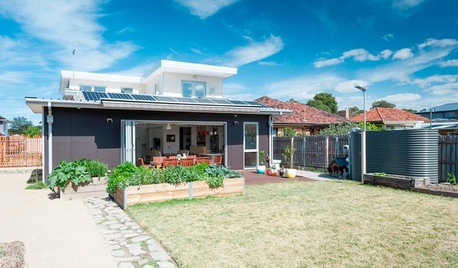
GREEN BUILDINGHouzz Tour: An Energy-Efficient Home for 3 Generations
This Australian house takes sustainability and accessibility to a new level
Full Story
CONTRACTOR TIPSBuilding Permits: What to Know About Green Building and Energy Codes
In Part 4 of our series examining the residential permit process, we review typical green building and energy code requirements
Full Story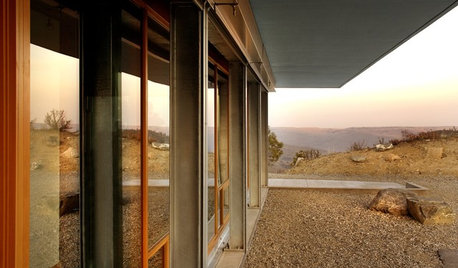
GREEN BUILDINGOff the Grid: Siting and Building to Conserve Energy
Look to low-tech solutions for big energy savings when you’re constructing a home
Full Story







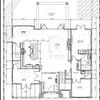
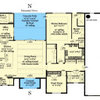
Brian_Knight
energy_rater_la
Related Professionals
Martinsville Architects & Building Designers · South Barrington Architects & Building Designers · Lake Butler Design-Build Firms · Four Corners General Contractors · Abington General Contractors · Chicago Ridge General Contractors · Del Aire General Contractors · Flint General Contractors · Geneva General Contractors · Kailua Kona General Contractors · Markham General Contractors · Noblesville General Contractors · Norridge General Contractors · Palatine General Contractors · Rotterdam General Contractorsdekeoboe
amberm145_gw
Annie Deighnaugh
david_cary
worthy
pprioroh
david_cary
dekeoboe
energy_rater_la
pprioroh
mushcreek
Brian_Knight
Annie Deighnaugh
Epiarch Designs
energy_rater_la
rwiegand
pprioroh
Annie Deighnaugh
david_cary
Epiarch Designs
franktank232
Oaktown
Epiarch Designs